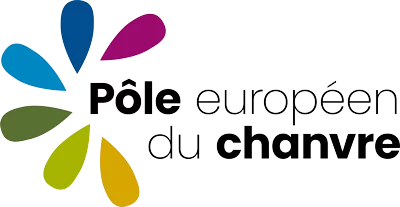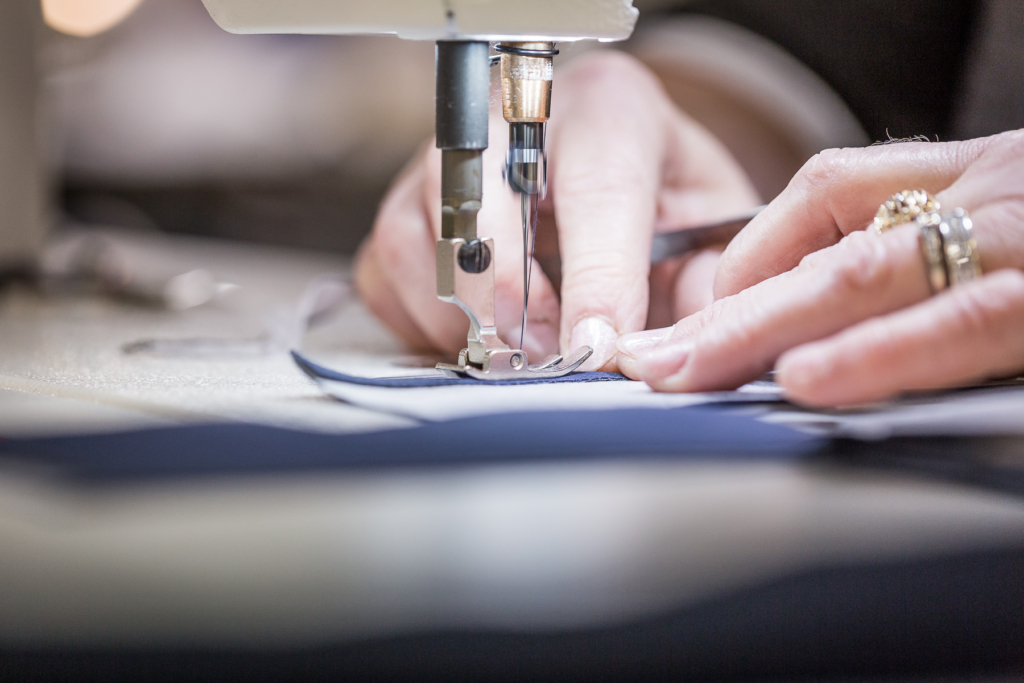From fibers to needles
Sharing, information, and inter-company collaboration. The Textile technical group of the The Hemp European Hub brings together players in the value chain to anticipate the fiber and yarn needs necessary for the development and positioning of the sector.
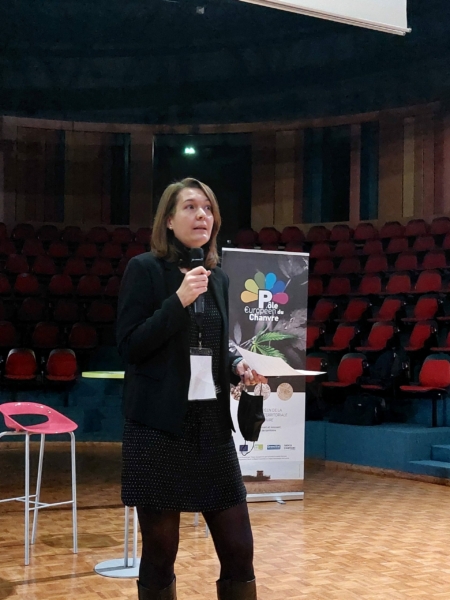
“Today, the Hemp European Hub enables information to be shared on the hemp textile industry. We are therefore aware of manufacturers’ expectations. While it is still too early to mention any projects, we feel that the subject is of interest to companies,” explains Sylvia Maucort, coordinator of the Hub’s Technical Textile Group and general delegate of the Champagne Ardenne Textile Industry Union.
A key partner at the heart of the industrial textile revival in the Grand Est region
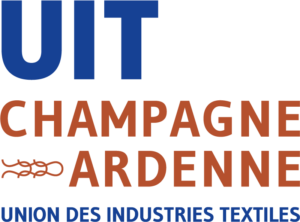
The UIT CA represents the textile industries in the Grand Est region. It is associated with the Eastern Textile Union and the Alsace Textile Cluster. The ITU is a national organization that brings together 2,100 companies and 62,000 employees, with a turnover of €13.3 billion. It brings together small and medium-sized companies and mid-cap companies operating in the textile industry: spinning, knitting, finishing, manufacturing, etc. The organization is working with all stakeholders to support the redeployment of the textile industry in France. This is achieved through the coordination of growth drivers and innovation, such as the use of hemp fibers. The environment, carbon impact, water, and a desire to refocus on local production with control over the supply chain are all factors that are accelerating the development of the hemp bioeconomy.
The textile group has around 20 participants, ranging from upstream agricultural producers to clothing brands, including textile manufacturers and research laboratories that pool their knowledge of fibers. Used pure or in blends, hemp is of interest to various industries, and applications are driving research. “We need to raise awareness of existing materials and determine the hemp requirements of the industry.”
The Grand Est region commits to plant fibers
In France today, there are virtually no spinning mills left. To obtain thread, it is therefore necessary to turn to Spain or Turkey. For Sylvia Maucort, “we must be able to carry out tests and be self-sufficient in terms of raw materials. We therefore need to catch up in R&D, determine which fiber is best suited to which use, and understand its specific characteristics, such as durability and resistance.
To make progress on these issues, the creation of a Hemp European Hub is essential. Similarly, the signing of the Charter for the Development of Plant Fibers in the Grand Est Region will prompt calls for projects to advance the hemp industry. “We need to identify the steps to be taken, remove barriers in the various markets, and work on preparing the fibers.” With a cross-disciplinary approach to projects, the Hemp European Hub promotes synergies. “We are considering creating bridges between the textile group and the farmers’ group to take action on the upstream agricultural side.” This will enable us to discuss the various production specifications for the material based on the characteristics of the fibers required for the target markets.
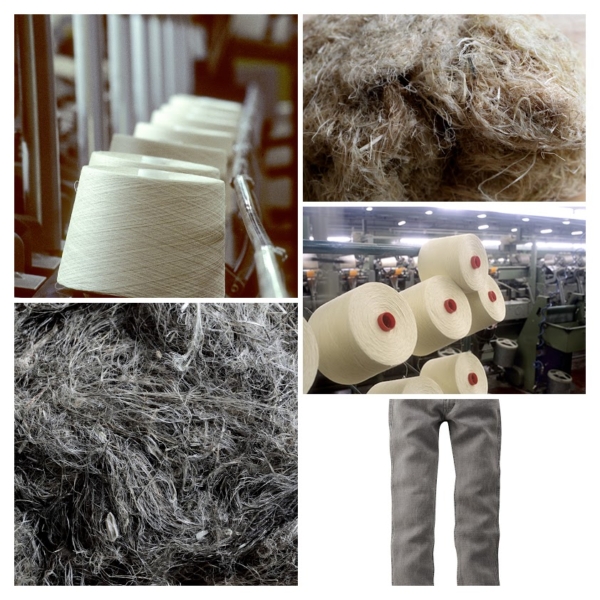
A wide range of applications for hemp fabric
The issue becomes more complex downstream, where manufacturers may have very different expectations. For jeans, they can work with a blended fiber. Whereas for a bag, a rougher fiber would be acceptable. For the technical textiles industry, the characteristics may be even more varied, with uses for nonwoven or functionalized textiles.
All this without losing sight of the economic and historical aspects of textile expertise. In addition, the health crisis has placed an emphasis on local, sustainable, and responsible production. And a request for 100% hemp yarn that is fine enough for use in clothing…
The construction of the hemp ecosystem then takes on its full meaning. Bring together all the players in a textile sector with a highly fragmented value chain, from field to finished product, within the same region, around a single project.
